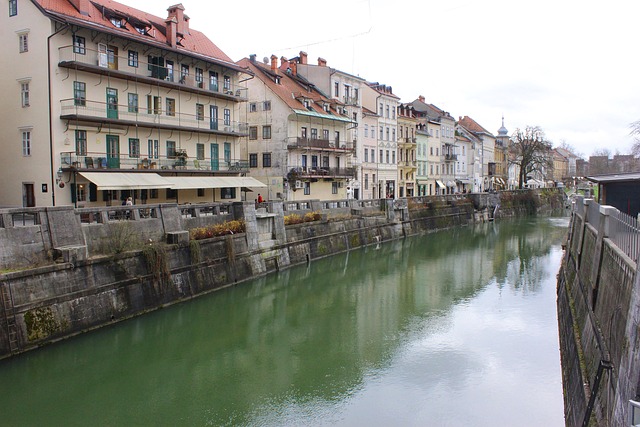Karachi's Saddar Town boasts historic mosques serving as architectural gems and cultural landmarks, showcasing traditional designs that celebrate the city's diversity. These structures, with intricate carvings and serene interiors, attract visitors seeking artistic and historical significance, while also functioning as vibrant social hubs for community engagement and interfaith dialogue.
Explore the spiritual heart of Karachi through its historical mosques in Saddar Town. This vibrant district boasts architectural marvels that not only captivate with their intricate designs but also hold deep cultural significance for the community. From ancient structures to modern landmarks, these mosques serve as centers of worship, education, and social cohesion. Discover how each mosque tells a unique story, reflecting the rich history and diverse tapestry of Karachi.
- Historical Mosques of Saddar Town, Karachi
- Architectural Marvels: A Look Inside
- Cultural Significance and Community Role
Historical Mosques of Saddar Town, Karachi

Saddar Town in Karachi boasts a rich history reflected in its diverse architectural landscape, with historical mosques standing as landmarks of cultural significance. These ancient structures not only serve as places of worship but also as repositories of architectural heritage. Mosques like the Old Saddar Mosque and the Jama Masjid are iconic, showcasing traditional designs that have been integral to the city’s identity since their construction.
The intricate carvings, elaborate facades, and serene interiors of these mosques bear witness to the artistic prowess of their time. They attract not only devout Muslims but also tourists curious about Karachi’s architectural tapestry. Each mosque tells a story of community, resilience, and cultural evolution, making them invaluable assets in understanding the historical narrative of this vibrant metropolis.
Architectural Marvels: A Look Inside

Mosques in Saddar Town, Karachi, are architectural marvels that reflect a rich blend of traditional and modern designs. These structures stand as testaments to the city’s cultural diversity and religious harmony, attracting locals and tourists alike. The intricate patterns, grand entrances, and stunning interiors of these mosques make them unique artistic pieces within the bustling metropolis.
Each mosque boasts its own style, from elegant Persian influences to contemporary glass and steel structures. The use of marble, wood carvings, and tile work creates a mesmerizing visual experience. Interior courtyards adorned with fountains and gardens offer serene spaces for reflection and prayer. These architectural wonders not only serve as places of worship but also become landmarks that enhance Karachi’s vibrant landscape.
Cultural Significance and Community Role

In Karachi, mosques serve as more than just places of worship; they are cultural landmarks and vital community centers that foster a sense of belonging and unity. These houses of prayer often double as social hubs where people gather for important events, discussions, and support networks. The mosque in Saddar Town, for instance, is not just a site for Friday prayers but also a space where local residents converge to celebrate festivals, organize community service initiatives, and engage in educational programs.
The cultural significance of mosques in Karachi transcends religious boundaries, reflecting the city’s rich tapestry of traditions and values. They play a pivotal role in preserving and promoting Islamic teachings while simultaneously acting as venues for interfaith dialogue and understanding. As such, they are integral to the social fabric of Saddar Town and the broader metropolis, contributing to a vibrant community life that characterizes this dynamic urban center.
The historical mosques of Saddar Town, Karachi, stand as testaments to the city’s rich architectural heritage and cultural diversity. These structures not only serve as places of worship but also act as community hubs, fostering a sense of unity and shared history among the locals. Understanding their intricate designs and profound significance offers a glimpse into Karachi’s vibrant past and its enduring influence on the present.
